Shihan Gianni Gioconto 9° DAN
"was born in Capua (CE), 40 km north of Naples, on April 10, 1954. His father, Costantino, who moved to Novara with his family for work reasons, began practicing Aikido in 1965 with the historic Maestro Umberto Tufo, forerunner of all the aikidoka in the area. In 1968 with the rank of 3rd kyu he renounced the practice, for health reasons, without abandoning the environment and a few months later in 1969, his son Gianni began this discipline.
Already in 1971, Gianni was sent by Maestro Tufo as a assistant instructor to Vercelli for his first teaching experience. In 1972, having obtained his driving license, Maestro Tufo gave him his own Fiat 500 car and sent him as Dojo manager to the then nascent gym in Arborio (VC). In the following two years he also taught in Cameri (NO). Returning from military service in 1975, he became a student as well as assistant of Maestro Roberto Lovati, who after a seminar with Maestro Koichi Tohei, decided with the full support of Gianni to follow his teachings. M° Lovati retired for personal reasons and Gianni continues the work becoming responsible for the Dojo.
In 1980 he founded Ki-No Kenkyukai Italia with a notarial act together with other Italian Masters.
On January 1, 2011 he founded his own association called Un.I.K.A. (Italian Union of Ki Aikido) affiliated C.S.A.In. to which adhere or with which collaborate almost all of the Dojos of Piedmont, most of those of Lombardy and a representation in Germany (Bonn). Un.I.K.A. is also directly affiliated with Ki-no-Kenkyukai Internationale directed by Doshu Kenjiro Yoshigasaki.
Gianni attended Ki-Aikido seminars in Japan and Europe with Masters Koichi Tohei, Maruyama, Otsuka, Kataoka, but above all with the Doshu Kenjiro Yoshigasaki who since 1978 has been the technical and moral guide.
He holds regular lessons in the Dojo Mei Shin Kan of Novara at the Palasport "Stefano dal Lago", and Dojo Musokan Milano. He also teaches by holding dozens of seminars in Italy and throughout Europe."
source: Mei Shin Kan Ki-Aikido Novara
Dearest Gianni,
too soon a cruel fate has left us orphans of your beloved presence on tatami mats and of your friendship;
we remember you with infinite gratitude as a generous person in giving his knowledge and experience of aikido: nothing will be the same as before without you.
You too have given a great time of your existence to all those who have wanted to learn the beauty of aikido art and we will all try to treasure your teachings and your very nice way of teaching.
Thank you Master !
We wish you a good trip to the otherworldly dimension where you are now and above all a lot of peace; if it is true that before birth there is Life and after death there is still Life, then it means that a time will come when we will all meet again and it will be the great beauty!
With great esteem and affection,
the aikidoka of the Balerna dojo (Switzerland)
the aikidoka of the Dojo of Hechingen (Germany)
Here follows an interview, in which flashes up the profound philosophy of Gianni Gioconto, which he has theorized little throughout his life, but which was always clear in his Aikido of the highest level. The interview was conducted by Corrado from "Ki no nagare" in December 2020. The original text in Italian can be found here .
Smiling, creative, free. Able to immediately create a relaxed and pleasant climate with his interlocutor. A true Aikido master, in short. Based on his more than fifty years of mat experience, Shihan Gianni Gioconto agreed to answer KNN questions on four specific topics. We sincerely thank him for his willingness. And many thanks always to Francesco Ingemi for the tips and photos.
Corrado: Beppe said that Master Yoshigasaki always referred to you as "the best Ukemi" and when you look at some shots that Master Maule posted from your Aikikai times, you can't help but see your athletic abilities. However, I doubt that Sensei was referring to that only. Therefore, two questions. When you changed to Ki No Kenkyukai, did you find a different approach from Master Tohei and Master Yoshigasaki regarding the way you made Ukemi? And especially given your years of experience, what are the qualities of a good Ukemi?
Gianni: For Ukemi, a sporty base is certainly indispensable, but it is not the element that makes the difference. It is important to have a tendency to do better, a kind of generosity towards the activity as a whole, for which it is not important to prove one's abilities as a Uke, but the possibility to develop the art that one practices. You have to get involved to make the interaction with Nage clear and not just for personal performance.
If it is possible to put oneself less in the foreground in order to leave room for the expression of the beauty of the "whole", then this is certainly a good Ukemi.
Then there is another change I experienced when I passed from the Aikikai to Ki No Kenkyukai. When I practiced with Master Tohei and Master Yoshigasaki, I realized that what I was doing was not enough, and as much as I was considered a good Uke, I somehow had to start learning all over again. I had to work to become a "real" Uke. I say "real" in the sense of "true", i.e. not just a Uke that is available to be thrown on command. And on this point, Master Tohei first and especially Master Yoshigasaki worked a lot afterwards through practical examples.
Often the risk is to turn the practice into a kind of performance in which the attackers are precisely informed about their role and then try to fill it as well as possible, but it all ends there. They do not grow, but remain limited to a prefabricated form. And as a result, art cannot develop. Then time passes, gradually you lose the necessary physical abilities and finally often stop.
Look, at Ki Aikido there are a lot of people who have fifty years of practice or so under their belts. Which, to my knowledge, does not happen in other schools. When you hear about thirty years of practice, there are exceptions that have often become supermasters. In contrast, in Ki Aikido it is very easy to find someone with such an experience. That's why our graduations have become so high. Sometimes I hear criticism on this topic from the highly graduate Dan, but after so many years of practice? I find it natural that Sensei awards such high graduations.
To return to the beginning of the considerations, I can say that the sporting dimension is certainly secondary to "reality". And I learned this lesson in Ki No Kenkyukai.
Corrado: You've probably had the opportunity to see Yoshigasaki Sensei doing Ukemi ...
Gianni: On several occasions! When Tohei Sensei showed a Tsuzukiwaza "officially", it was always Yoshigasaki Sensei who made the uke. Yes, Yoshigasaki Sensei is a ukemi of the real, dry kind, without frills. Nothing superfluous at all, to express the moment of technique correctly. No doubt, a very good uke. And by watching him, I learned a lot.
Corrado: Over the years, like other Shihan, you have devoted yourself to the development of alternative forms of working with weapons – unlike the standard forms in the Tsuzukiwaza. It's a creative process that requires experience and a certain amount of courage that I envy very much. According to which criteria did you develop "your" forms? (For example, did you simply let yourself be guided by the Kata of Ki Aikido or are there others?) And above all, what is the purpose for which you created them?
Gianni: I honestly didn't let myself be guided by the existing Tsuzukiwaza, although the movements with weapons are inevitably the same: Yokomenuchi, Shomenuchi, Tsuki... it is therefore obvious that they all occur then. Rather, the initial impulse came precisely from the need to make basic movements more accessible and clear. I'll give you an example: Tsuki. When I only had Tsuki trained, without a specific exercise to prepare it, I noticed that the majority of students swung the Jo in the air, but without a deep understanding of the movement. There was "movement", but without a really clear purpose ( without Ki you could say, NdR). Gradually, I found exercises that were useful for developing seriousness. I then grouped these exercises so that they have a comprehensive, sufficiently harmonious effect, and so these Tsuzukiwaza were created with weapons.
These sequences, before taking on the dignity of Tsuzukiwaza, are usually reviewed several times and subjected to various tests. If the students then do not see them as an artificial construct, but grasp their benefits, then that is perfect.
For example, I developed a Tsuzukiwaza with the Jo, which was created practically by itself. I started by assembling all the movements with the stick: Yokomenuchi, Shomenuchi, Tsuki, Ushiro Tsuki, the attack from bottom to top and the circular blow. I then arranged them into a logical sequence of 12 techniques that make it possible to quickly and easily practice all the basic movements. To this sequence I then added the possibility that several Ukemi attack and so a Tsuzukiwaza with four or eight partners was created. But I didn't start with the specific intention of creating something like this: it came naturally.
I have seen that Doshu Yoshigasaki has never intervened in these initiatives, and I therefore feel that they are not harmful and that I can continue on this path.
Corrado: I would like to ask you a question that I have had for a long time and that you may be able to answer: In Ki-Aikido we practice Jo against Jo, but these are movements derived from Bo, while in Aikikai they practice Kumi-Jo forms, in which both weapons move according to the logic of the short stick. Why is there no such sequence in Ki-Aikido?
Gianni: Stick-against-stick is a practice that was never considered a "real martial art" in Japan: it was always considered a kind of game for children or at least a fight that did not correspond to the samurai. And so, little has developed in this regard. Master Saito has used the stick frequently, but more as Suburi or as Kumi Jo and not as Tsuzukiwaza. So the work is to repeat individual exercises or practice separate pair forms, not sequences based on a logic of change and transition from one situation to another, as is the case with our Tsuzukiwaza.
Corrado: One thing that has always fascinated me about Saito is the techniques in which Nage uses the Jo to throw the other, but not like in our Jo Nage, where the stick is caught by Ukemi, but they put it, for example, into the elbow bend of Ukemi to guide him... This is also an exercise that I have never seen before in Ki Aikido.
Gianni: Before passing to Ki No Kenkyukai, both I and the other older Shihans practiced all such forms, and I personally bring them out from time to time. Sure, they are more playful form and less serious practice. But sometimes, when used with a sense of proportion and intelligence, they are didactically useful for passing on certain information. Of course, it takes a minimum of personal knowledge and experience to integrate them into a lesson.
Corrado: You are not only a master of Aikido, but you have always kept your job as an entrepreneur and over the years, I think with great sacrifices, you have managed to take a double path forward. Master Tohei spoke about "Ki in daily life" and Master Yoshigasaki spoke of "Aikido in real life". What value had practicing outside of the tatami for you in your working life?
Gianni: I would say there was a good balance between the two activities. Each of them gave me something that allowed me to make the other better. For example, I believe that over time, Aikido has significantly improved my communication skills and my customer relationship. On the other hand, I believe that if you try to teach a martial art "as an entrepreneur", this allows for a serenity that is very useful: you know what it's like to lead an organization, to lead a project, to develop it, to communicate it, to support the people who are involved. And then to create a lasting relationship between the different dojos in your own group, based on mutual respect. All these are elements that an entrepreneur absolutely must learn.
However, Ki Aikido teaches an equally important thing for an entrepreneur, which is that you can't always win. Therefore, you have to prepare for even the most difficult eventualities in the best possible way. In other words, it means creating the conditions in yourself to be able to say to yourself, "Okay, we're doing everything as best we can." By the way, things are constantly and abruptly changing. Look at what happened this year!
Corrado: The pandemic and health emergency, no matter what light we see at the end of the tunnel today, represented a turning point for so many things. How do you see the future of Ki-Aikido after COVID?
Gianni: I think we need to go back to the origins and thus to face-to-face teaching. All the opportunities that digital technology and the Internet offer us are certainly good emergency remedies, useful for arousing and maintaining interest, but they cannot replace face-to-face teaching.
Certainly, they are and have been useful for maintaining the relationships between the different realities, and I find it very positive that the instructors stay in touch with them, develop initiatives and prepare for the reopening.
As far as I am concerned, we are already planning outdoor lessons with Maurizio Volpe for the beginning of the new year 2021. At the beginning of the health emergency, I feared that interest would wane greatly. Instead, the different groups stick together according to what I see and hear. We just have to be patient and see what happens, when we can finally start again, but I'm confident!
Translator's Note:
In fact, on June 20, 2021, an "outdoor" seminar with Maurizio Volpe took place in Novara, where Gianni was also present in a wheelchair and discussed the future of our Aikido after the death of Yoshigasaki Sensei with the others. Only one month later, on July 20, 2021, the funeral ceremony for Gianni took place in the Chiesa di San Martino in Novara with the participation of his family and numerous aikidoka from Piedmont, Lombardy, Ticino (CH) and Bonn (DE).
Requiescat in Pace.
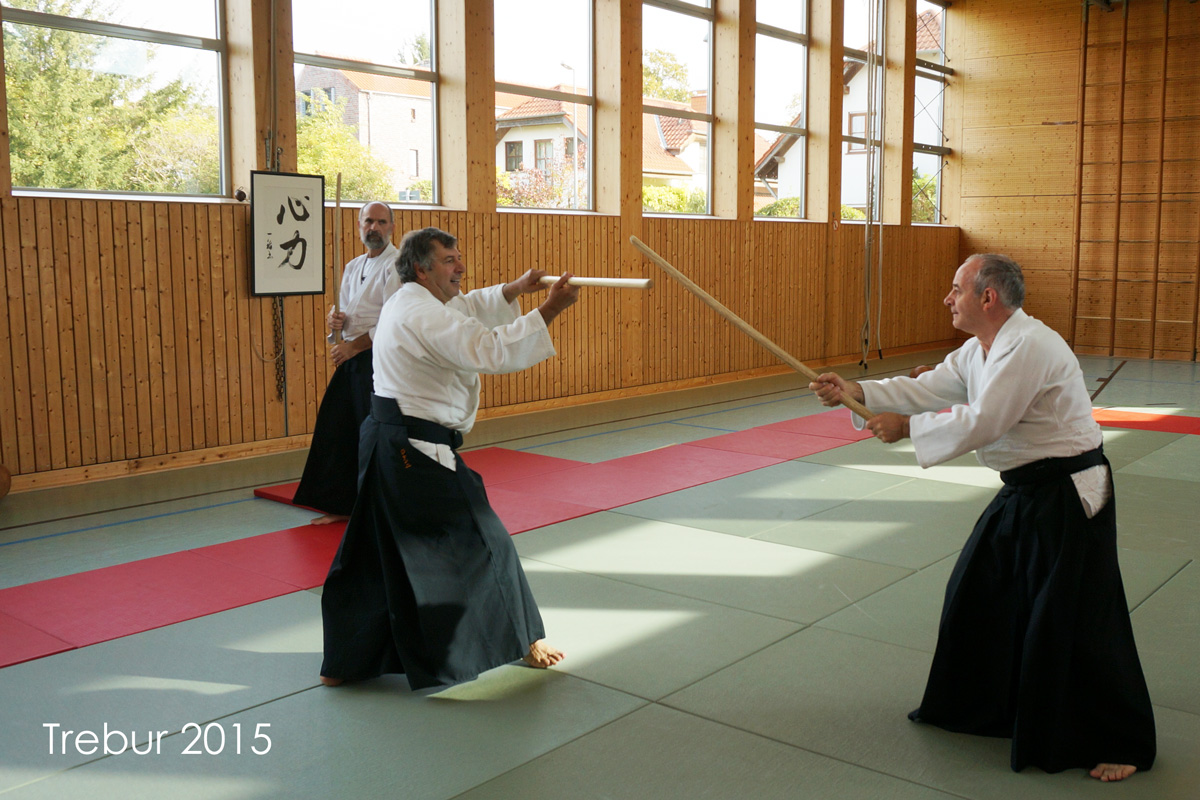
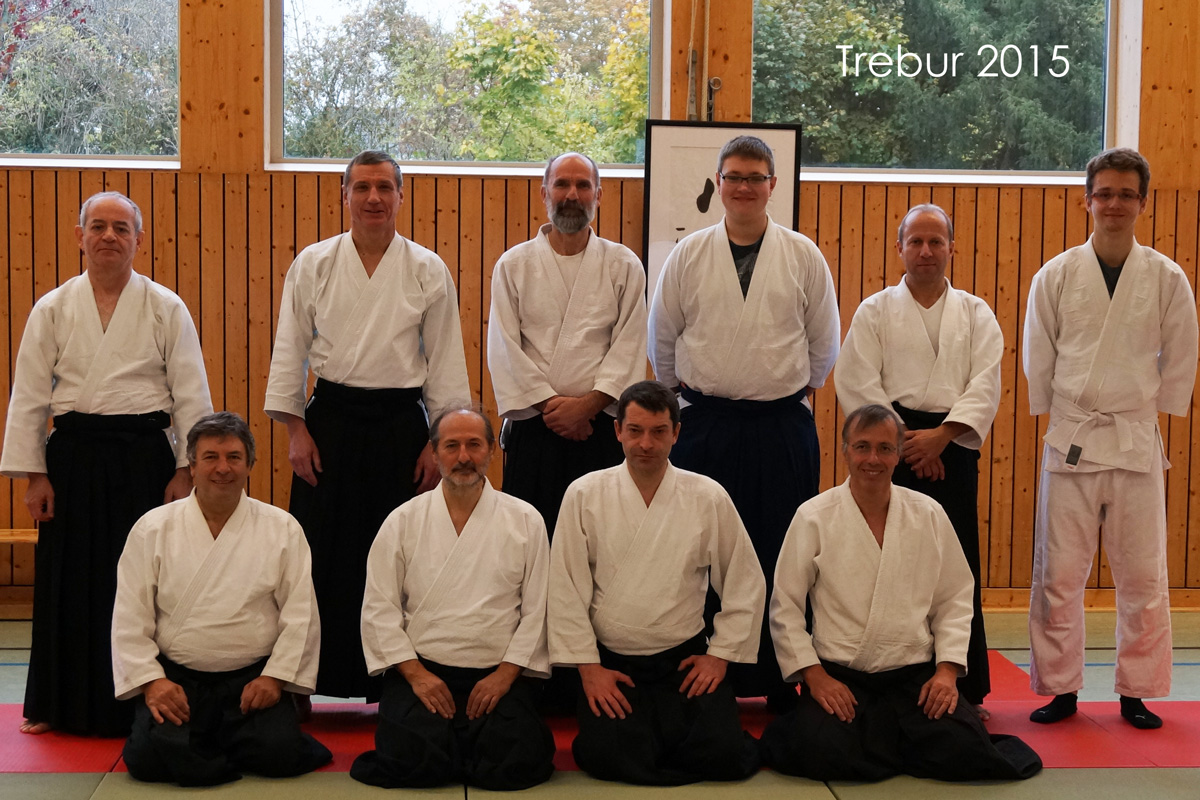
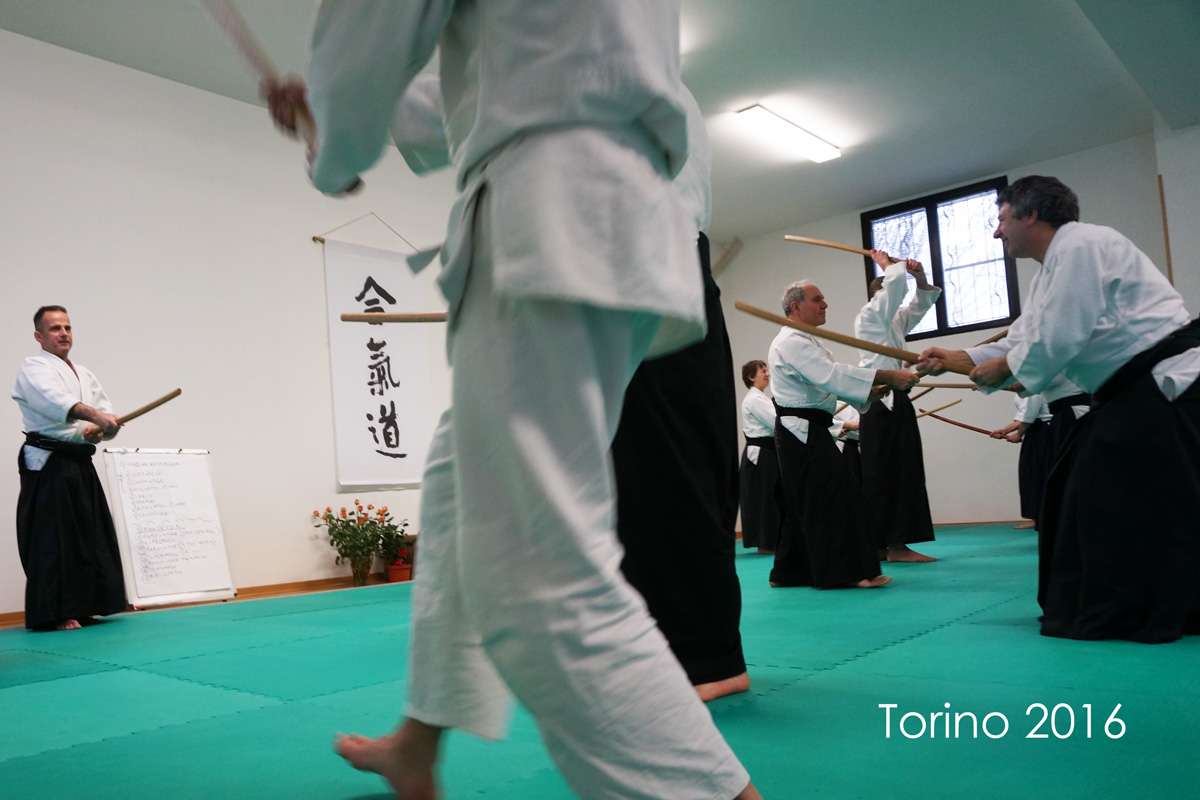
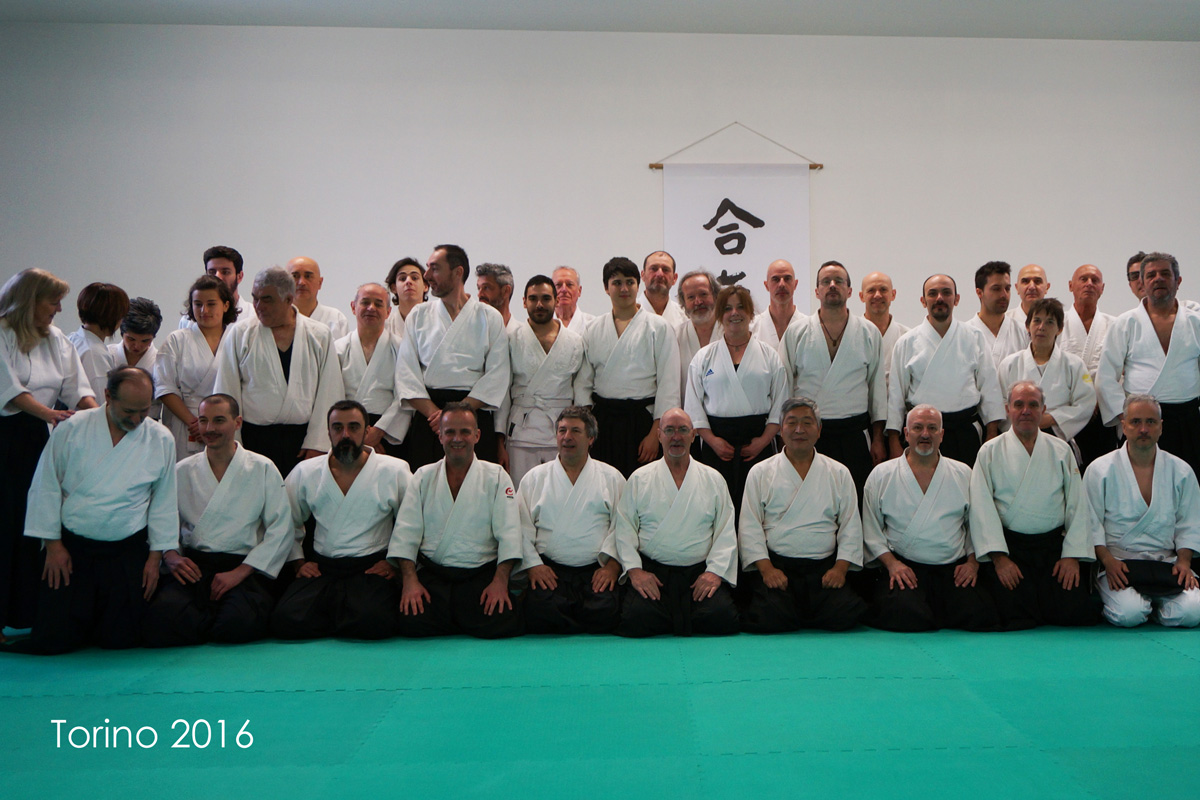

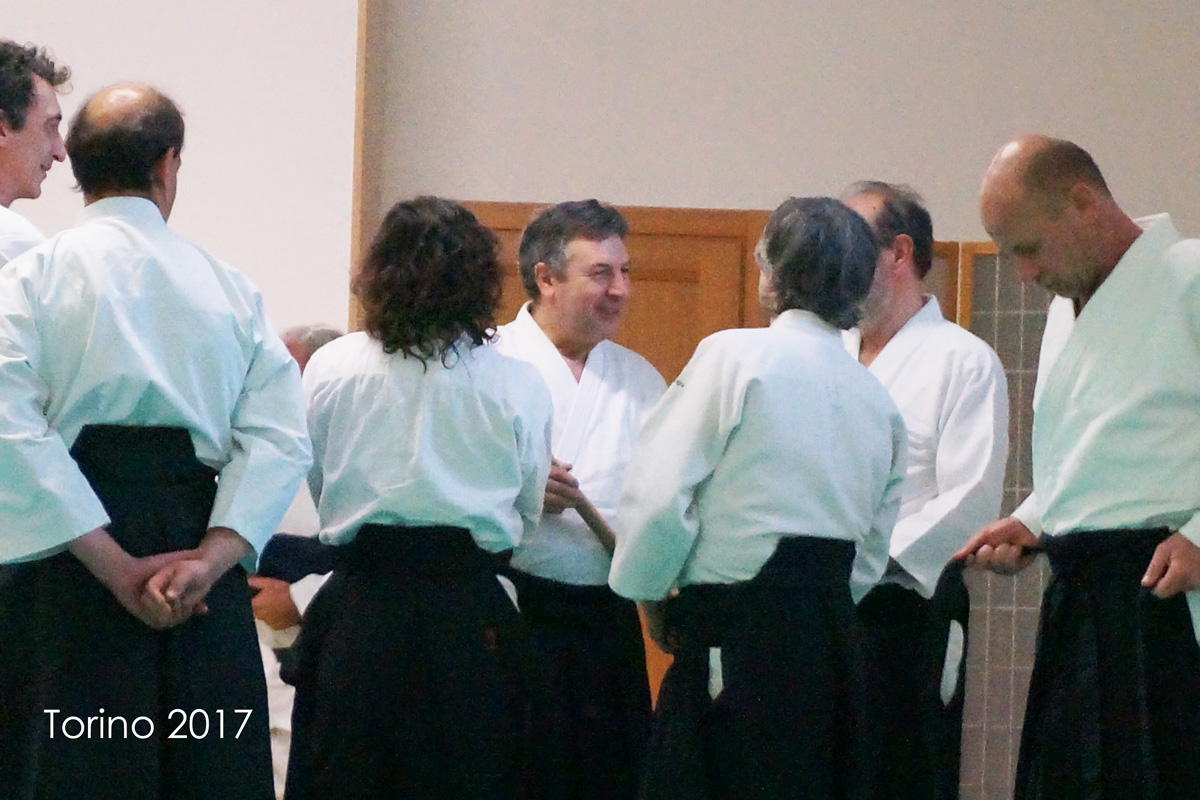



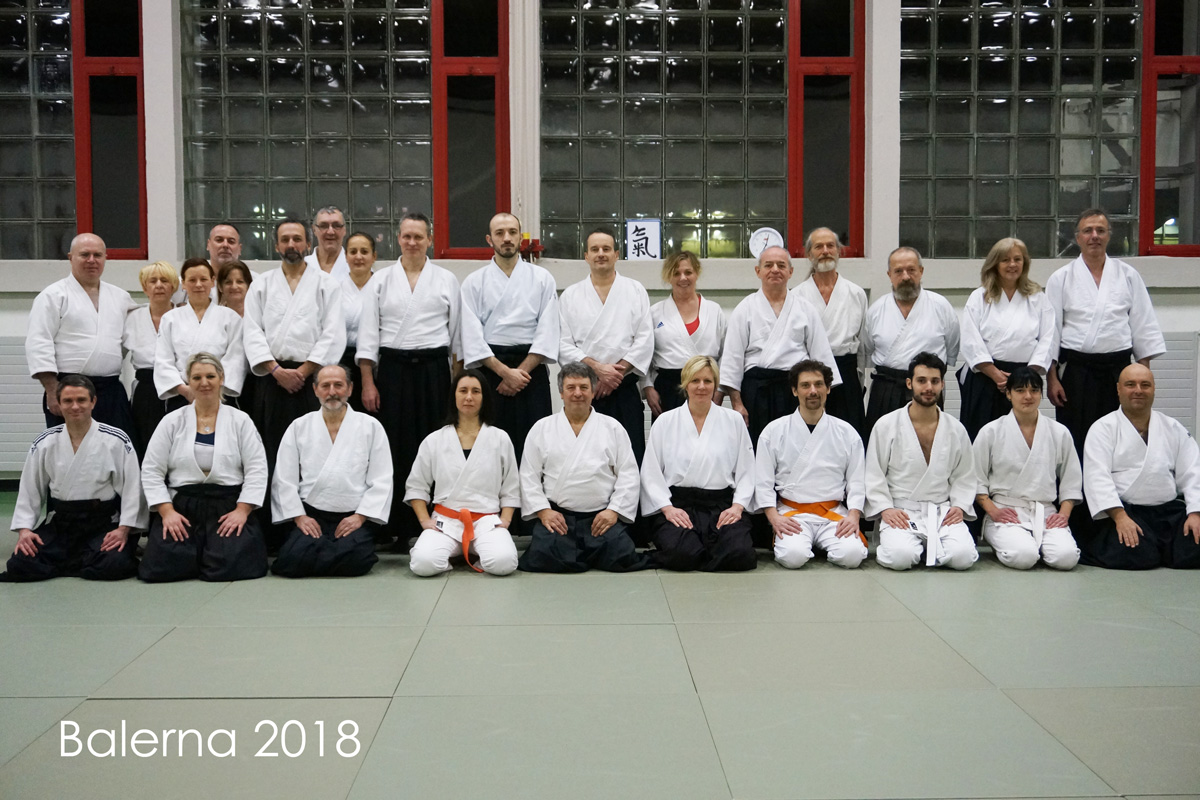

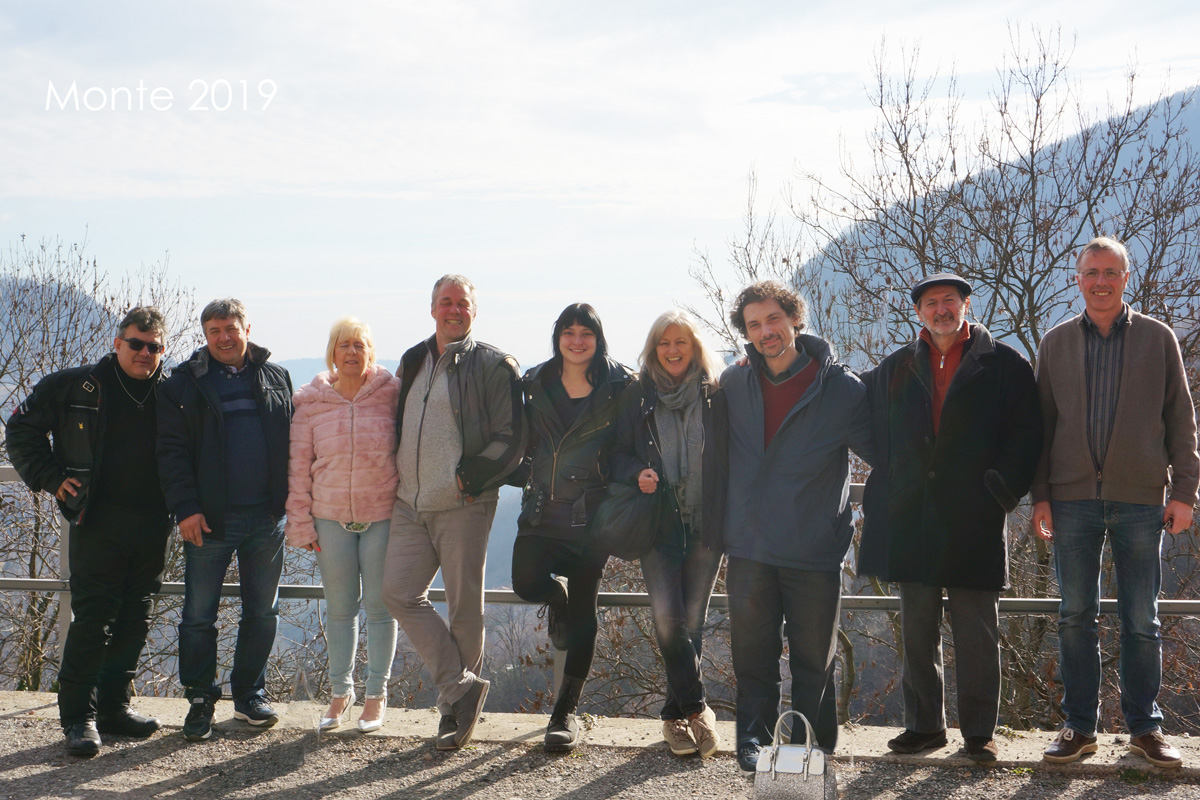
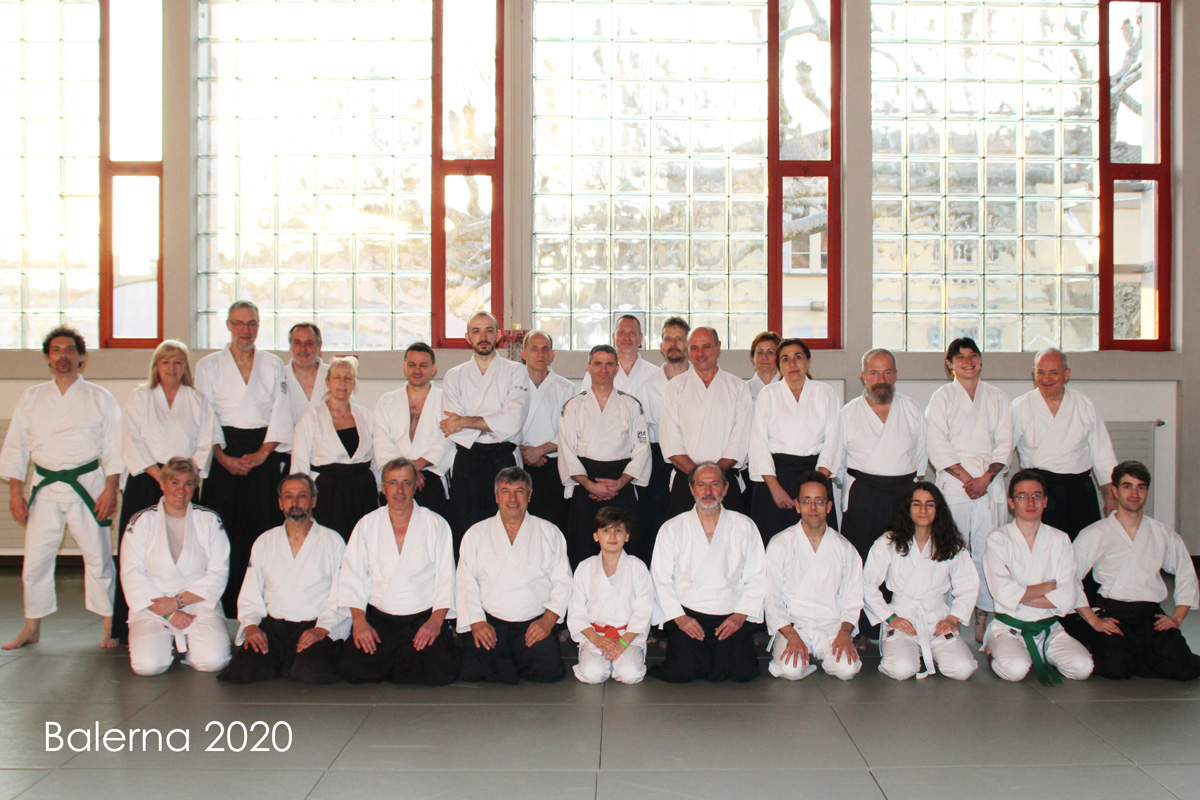

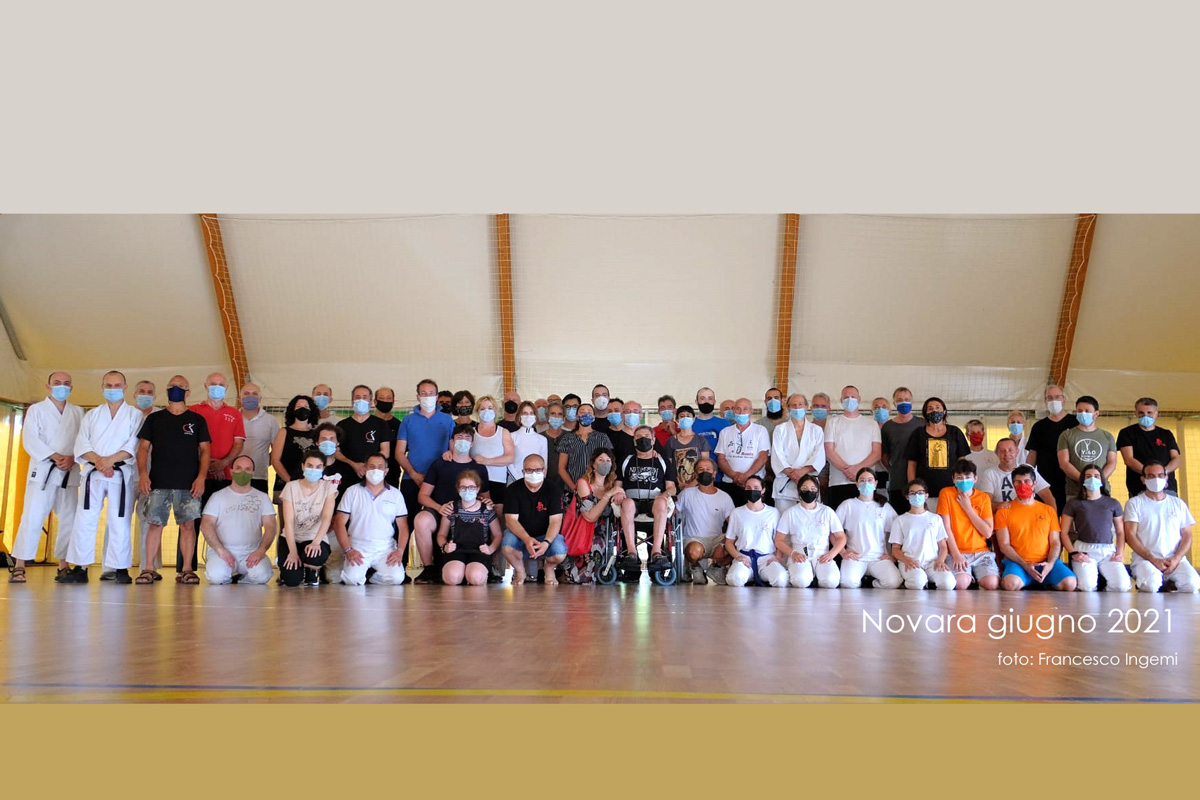
Francesco gave an interview to the "Vercelli Notizie" (italian)
Roberto has written an article for Aikido Italia Network (italian)